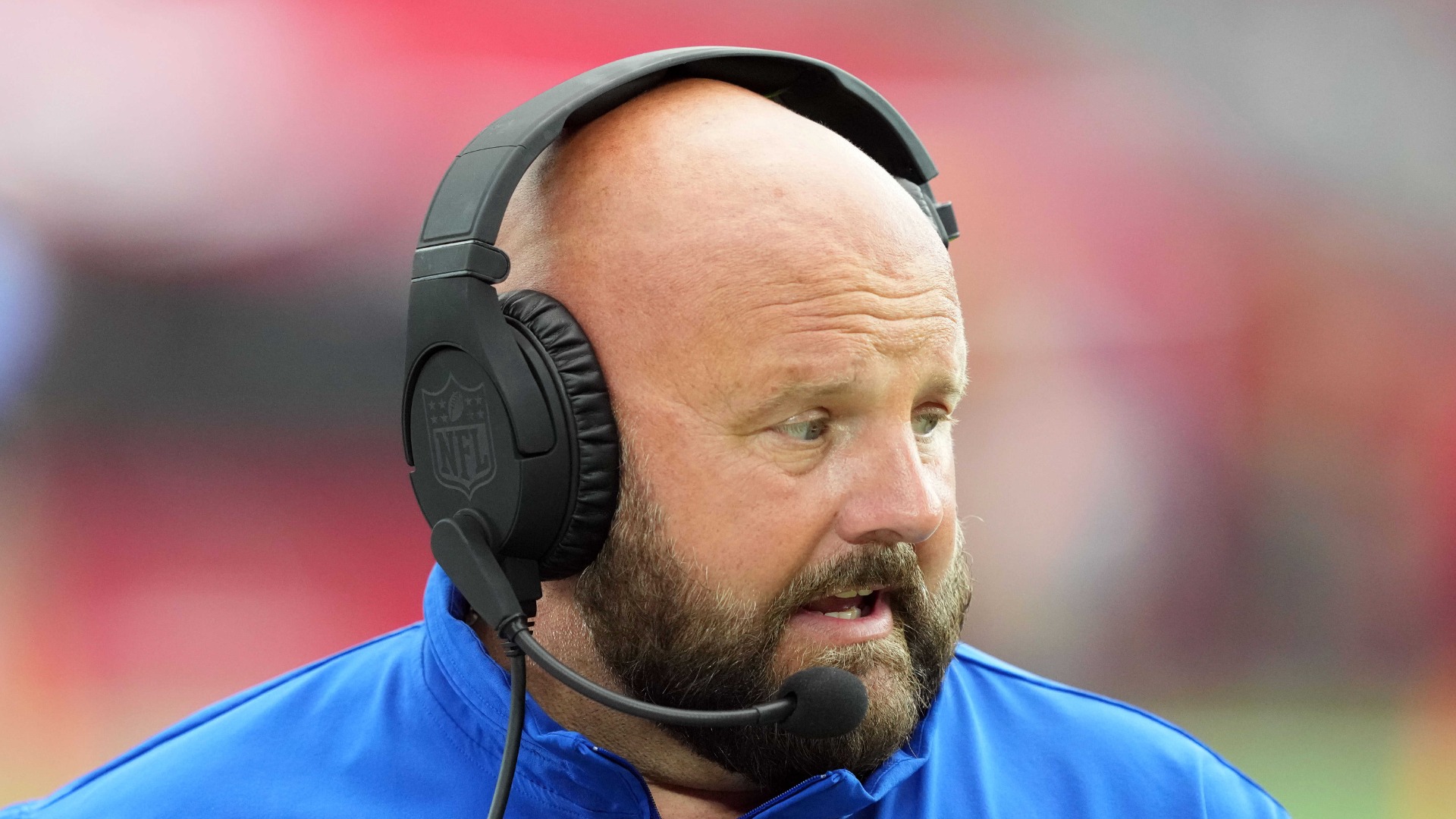Tim Wakefield is a freak of nature who will probably pitch until he is 104 years old.
Seriously.
It seems like every single year, Red Sox Nation engages itself in The Wakefield Debate. Was last season his final hurrah in Major League Baseball? Will next year be it for him? Will he make it through to October without getting injured? If he makes it to October, will he have anything left to offer in the postseason?
The 2009 season was a weird one for Wakefield. The knuckleballer, who turned 43 in August, began the year like he was 25 and back in Pittsburgh. As Daisuke Matsuzaka and Brad Penny struggled epically in the early going, Wakefield added some much-needed — and somewhat unexpected — stability to a suddenly desperate rotation that entered the season expected to be one of the best in baseball. He raced out to an 11-3 record with a 4.31 ERA by the All-Star break. He allowed just eight home runs in 17 starts, struck out 61 and walked 37, and boasted a solid .266 opponents' batting average.
He also earned the first All-Star selection of his long and prolific career.
Then, everything changed. Wakefield would make just four starts in the remainder of the season due to a lingering back problem that hindered his mobility and his mechanics.
Up until early to mid-July, the then-42-year-old Wakefield boasted numbers very similar to those of the 36-to-41-year-old version. Over the past seven seasons, his numbers have been relatively consistent: an ERA hovering somewhere around 4 and never exceeding 4.87 and double digits in wins (the one anomaly being the 2006 season, when he went 7-11) in about 30 starts per year. In the last seven seasons, the only times Wakefield started fewer than 30 games were this year and in 2006, when — coincidentally — he developed a stress fracture in his rib cage in July.
Basically, we know a couple of things: One is that if Wakefield can manage to stay healthy, he should be good for somewhere between 13 and 17 wins per year. The other is that if he gets injured sometime in the first half of the season, he's a lost cause the rest of the way.
In 15 seasons with the Red Sox, Wakefield has proven that he's a risk worth taking — especially at a pretty measly $3.5 million in 2010 and $1.5 million in 2011. Wakefield may not have persevered through all of 2009, but imagine what the first half would've been like without him. It may have been half a season, but all those Wakefield-provided wins in the first half played a big role in driving the Red Sox into October.
Even if it's only for three months, Wakefield is a good investment. And, of course, there's always a chance that rubber arm of his bounces back from a rough 2009 to pitch a complete and effective 2010.
For now, Wakefield can still pitch. He's not quite in John Smoltz or Pedro Martinez territory yet; he doesn't need half the season to get himself into shape for the stretch run. It's hard to believe he'll have anything left in the tank beyond 2011 — which is when his two-year deal with the Red Sox expires — but you never know.
He's a freak of nature.
***
NESN.com will be answering one Red Sox question every day in November.
Thursday, Nov. 19: Which position should prospect Casey Kelly play — shortstop or pitcher?
Saturday, Nov. 21: Who should be the Red Sox' closer?



